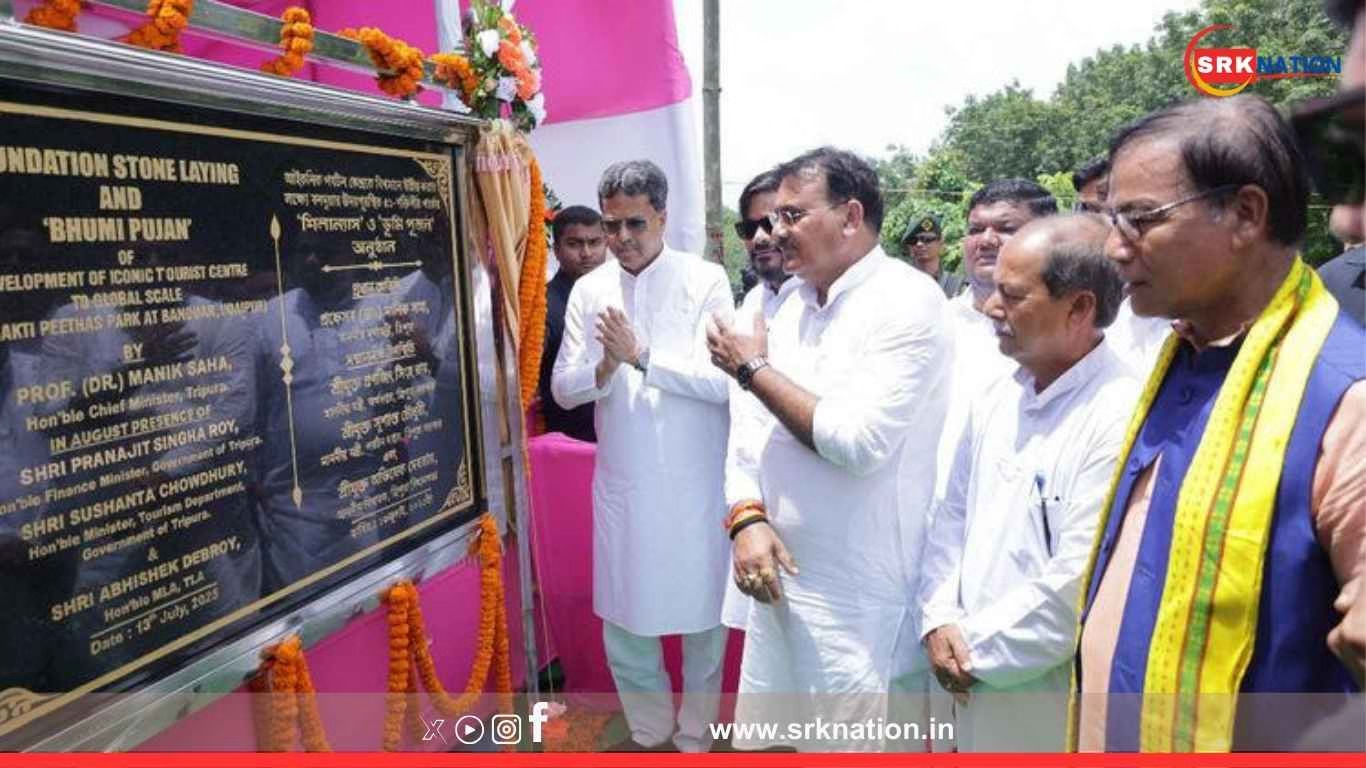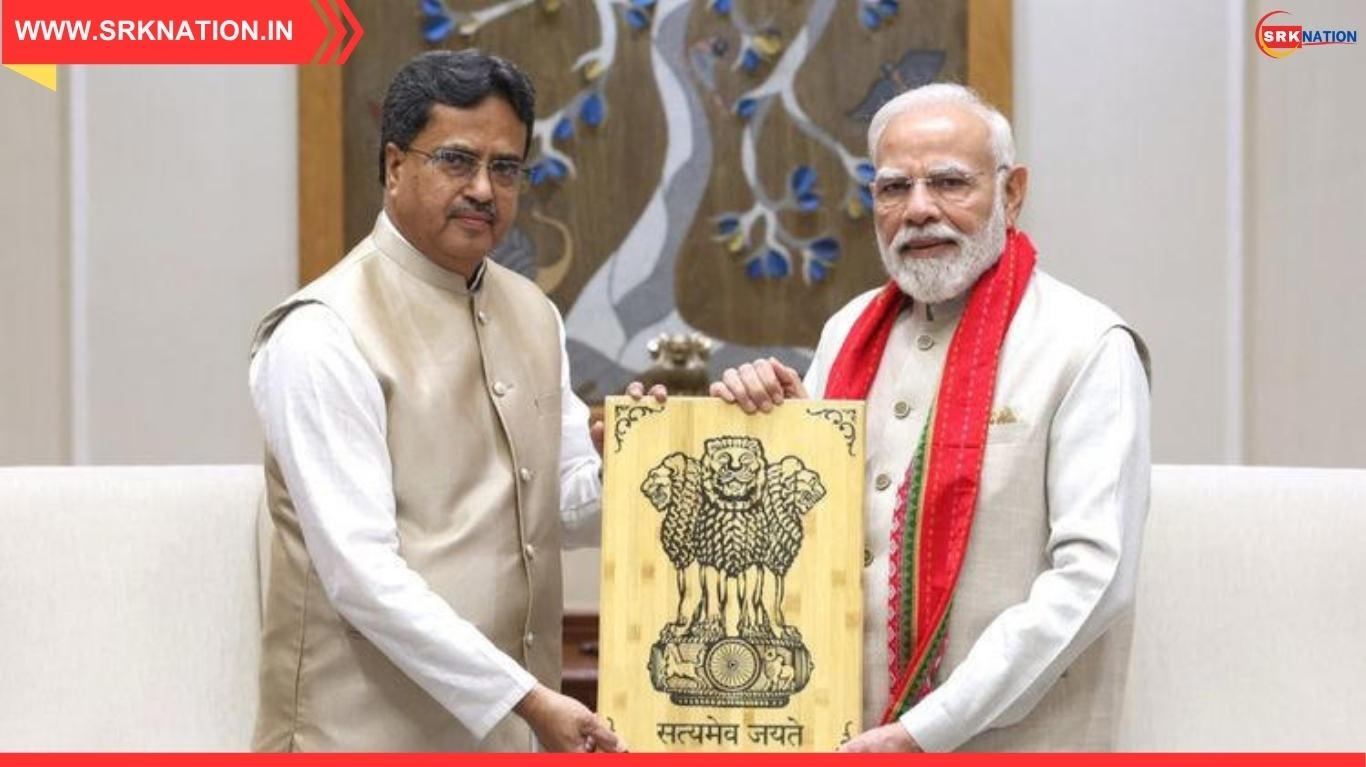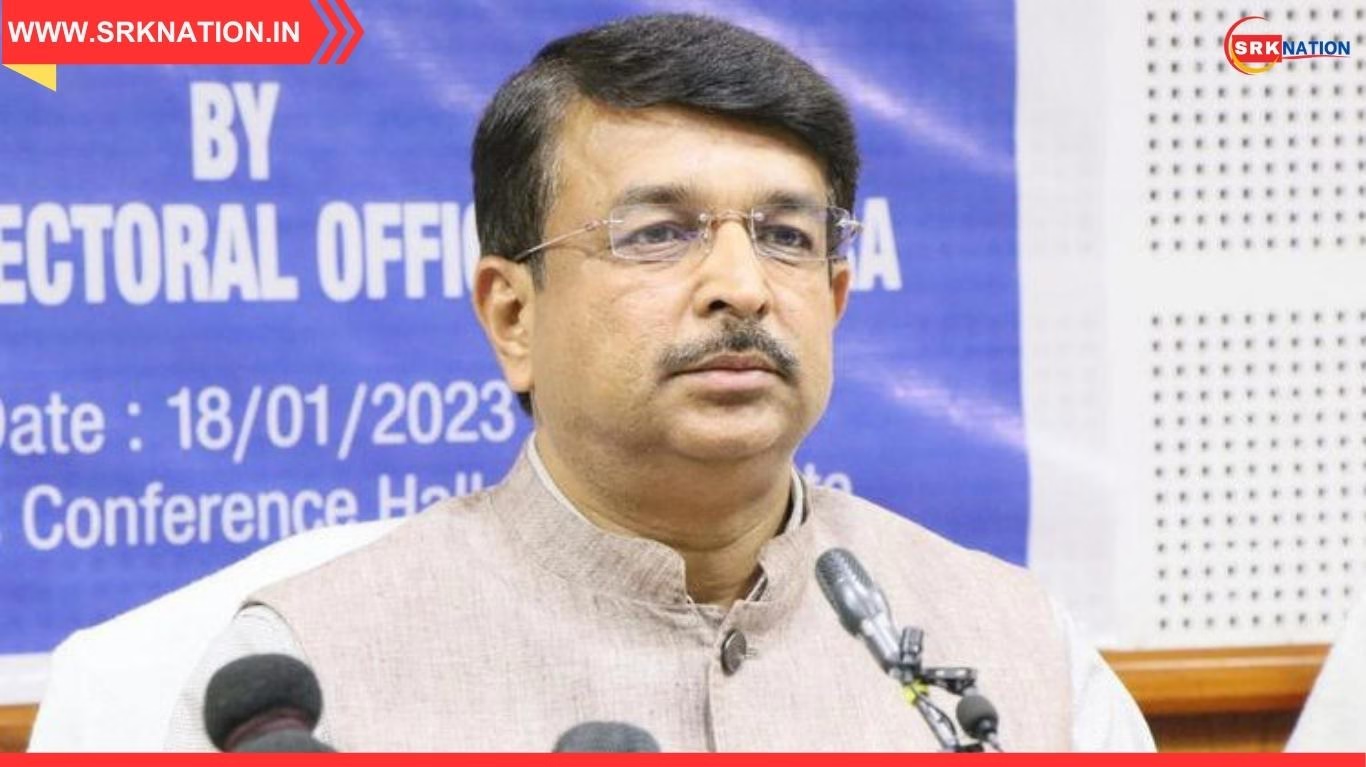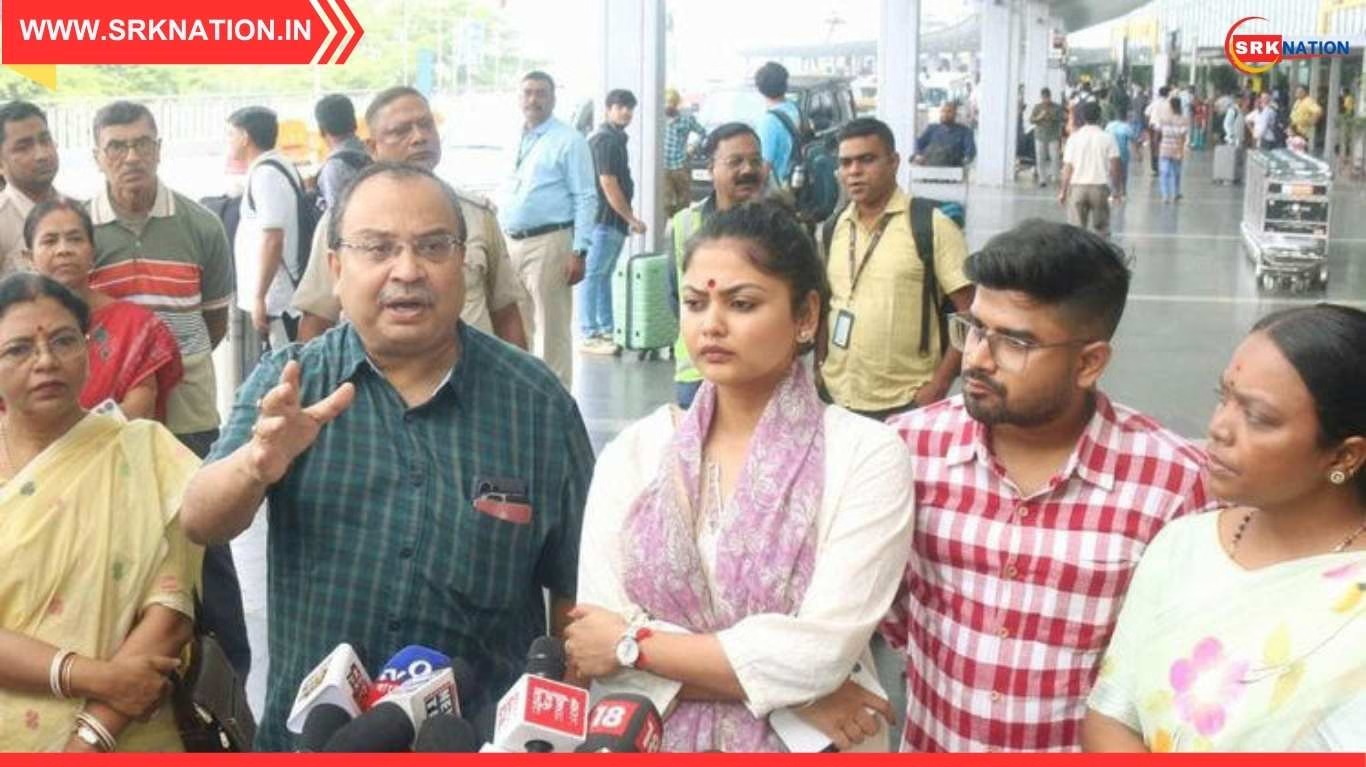In a historic move to cement its place on India’s tourism map, Tripura is all set to unveil the country’s largest Nataraj statue along with a skywalk bridge to augment spiritual and heritage tourism. The state government has confirmed that the upcoming landmark projects are aligned with its vision of integrating infrastructure growth with cultural revival, aiming to attract domestic and international tourists to the northeast.
Largest Nataraj statue to symbolise cultural renaissance
The Nataraj statue, which will depict Lord Shiva as the cosmic dancer, is proposed to be over 100 feet tall, making it the largest such installation in India upon completion. Officials stated that the statue will not only become a devotional destination but will also serve as an architectural marvel and photography hotspot, driving footfall from across the region. The sculpture is expected to be installed near Ujjayanta Palace or Tripureswari temple precincts after detailed consultations with historians, religious leaders, and tourism experts.
Skywalk bridge to boost visitor experience
The second flagship project in this integrated tourism push is a glass skywalk bridge, akin to the ones in China and Uttarakhand, which will allow panoramic views of surrounding forests, riverbanks, and heritage sites. Designed with modern safety features, the bridge will include observation decks, interactive heritage displays, and selfie points to enhance experiential tourism. Authorities believe this infrastructure will raise Tripura’s profile as an aspirational destination for nature, faith, and architectural tourism.
State’s strategic vision for integrated heritage tourism
These developments are part of Tripura’s broader strategy to enhance connectivity, preserve cultural heritage, and generate local employment through tourism-driven economic growth. The tourism department is working closely with urban development and forest departments to ensure minimal ecological impact while ensuring robust revenue streams for local communities.
Proposed benefits for Tripura’s economy and employment
| Project | Estimated Cost | Expected Completion | Key Benefits |
|---|---|---|---|
| Largest Nataraj Statue | ₹150 crore | End of FY 2027 | Spiritual tourism, cultural branding, heritage conservation |
| Skywalk Bridge | ₹110 crore | Mid FY 2026 | Eco-tourism, panoramic visitor experience, direct employment for over 500 locals |
Officials highlighted that the projects would open multiple avenues for Tripura’s artisans, sculptors, tour operators, local eateries, and transport providers. The government is also planning skill development workshops to train guides and hospitality staff to cater to the anticipated increase in visitors once both projects are operational.
Community reactions and environmental safeguards
The initiatives have been largely welcomed by locals and cultural bodies, who believe the statue will reinforce Tripura’s ancient Shaivite traditions. However, environmental groups have urged authorities to conduct comprehensive impact assessments to protect nearby wildlife and ecosystems. Officials assured that all permissions will be sought from forest, wildlife, and archaeological departments before implementation.
Tripura’s tourism roadmap beyond Nataraj statue and skywalk
The state has identified additional projects to sustain tourism growth momentum:
- Development of lakeside resorts and river cruises on Gumti river
- Renovation of Unakoti’s rock carvings heritage site with improved amenities
- Promotion of Tripura bamboo craft clusters and tribal homestays
- Organising annual Nataraj Dance Festival to commemorate the statue unveiling
This holistic approach aligns with the Centre’s focus on regional tourism under the “Dekho Apna Desh” campaign and supports the PM Gati Shakti National Master Plan for integrated infrastructure development.
Experts say projects will transform Tripura’s tourism economy
Industry analysts opine that the Nataraj statue and skywalk bridge will place Tripura in the same league as Sardar Patel’s Statue of Unity, Kashi Vishwanath corridor, and Ayodhya’s Ram Mandir in terms of religious tourism significance. However, success will depend on timely execution, marketing strategies targeting both national and Southeast Asian tourists, and last-mile connectivity through upgraded roads and direct flights to Agartala.
Conclusion
Tripura’s move to build India’s largest Nataraj statue along with a modern skywalk bridge marks a powerful confluence of culture, faith, and futuristic infrastructure. As these projects take shape, they promise to transform the state’s tourism landscape, provide economic opportunities for local communities, and preserve its rich cultural tapestry for generations to come.
Disclaimer: This news content is for information and awareness purposes only. Readers are advised to verify project timelines, official statements, and costs from government notifications before making any travel or investment decisions related to tourism infrastructure.











